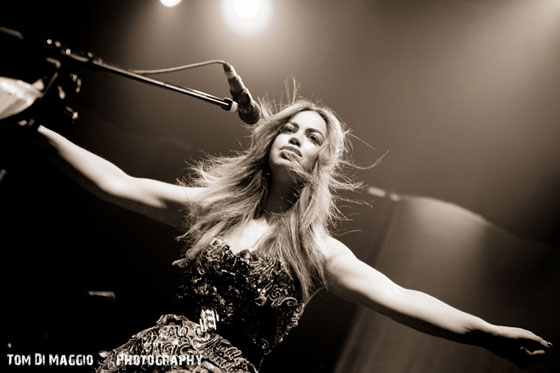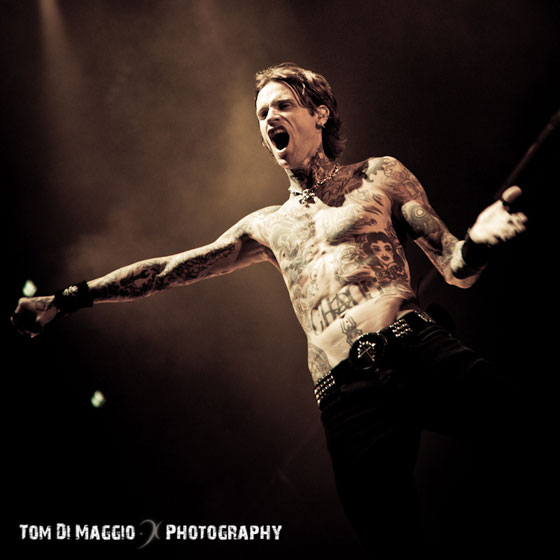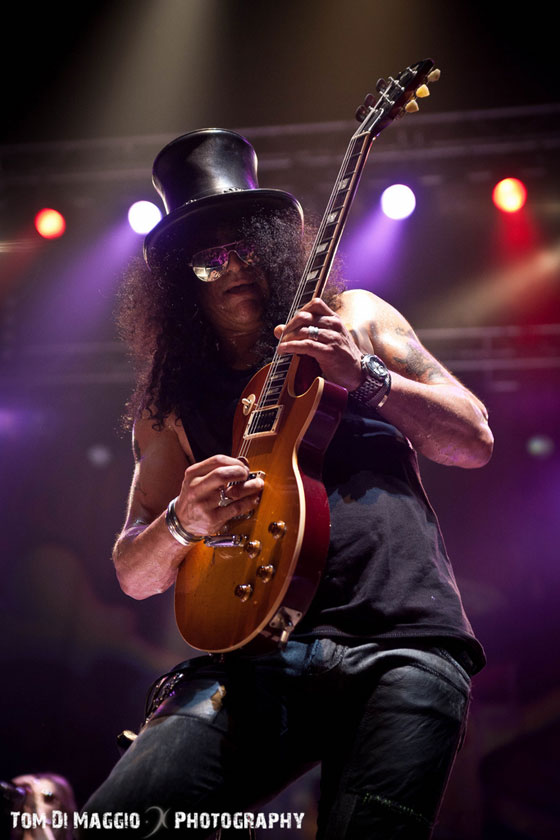“The 3 first songs and no flash”. That’s the standard speech that you will get when you pick up your photo pass at the venue.
Low light, fast moving subjects and bright spotlights make concert photography is one of the most difficult, yet rewarding niches in photography.

There are 3 factors that need consideration when it comes to gear and low light photography, the camera, the lenses and the settings used to photograph.
It is important to have a camera that is able to be used at high ISO without producing too much noise. It is not very common for me to use an ISO value that is lower than ISO1000, more often than not I will find that I shoot most of the photographs at ISO1600 or more.

When it comes to the choice of lenses I have a set of four lenses that I use for concert photography. Which focal length doesn’t really matter as it heavily depends on the style of the photographer, but they need to be fast lenses.
F2.8 is a minimum here, I never use a smaller aperture than F2.8. I experimented once or twice with an F4 aperture and I got away with it. But only because the light was exceptionally good at that show. Since there is no way to predict how the light is going to be I only carry F2.8 or even my trusty 50mm F1.8 (best in price/quality I’ve used) in my camera bag at all times.

I think the settings that concert photographers use are very personal, there’s no right or wrong here. It depends on your preferences and obviously on your photographic style. I always have my camera set to manual mode, leave the aperture on F2.8 and adjust my shutter speed and ISO to match the lighting situation.
Why not use aperture priority mode? Well because I want to have fast control over my shutter speed at all times. Another important setting is the metering mode. I have mine set to “spot metering” during concerts as it is the only way to get a approximate reading of the lighting situation.
I don’t use the in-camera exposure reading very often though, it can be off due to the harsh contrast in lighting. I usually have a quick look after the first two pictures to see if my settings result in correctly exposed pictures and adjust if needed.

I use a Canon 5D with 4 lenses that vary in focal length from 15mm (fisheye) to 200mm, all in F2.8 or F1.8. I do carry a flash Canon 580 EXII for quick portraits before or after the gig. To carry my gear I use a Tamrac Expedition 6 back pack.
A few tips :
- Know you camera. You need to be able to change settings in the blink of an eye.
- Use the fastest lenses you own, and leave them at the biggest aperture possible.
- Don’t be afraid to change your ISO value to adapt to the lighting situation.
- Move as much as you can to change the angles at which the pictures are taken.
- Don’t be afraid to be different. If you think differently your pictures might stand out over the average photographers pictures.
- Always use ear plugs. It might not look cool but Tinnitus is not fun to live with.
- Check your settings and memory cards before the show begins. Trust me, …..
[box type=”shadow”] About Tom Di Maggio
Tom is a freelance Concert and Band photographer based in Luxembourg. I photograph concerts for Road Runner Records, a few radio stations and some webzines. I do also love photographing people which I do with InFocus photography (www.in-focus.lu). I also enjoy publishing articles here and there about concert and band photography on the web.
You can find out more about Tom over on his Blog
and website.
[/box]
It is always comforting to see and hear someone who can clearly take amazing images (see those above) share their experience and knowledge. Something as simple as earplugs, through to the explanation of manual over av.
Wisdom very much appreciated.
Thank you.
Darren